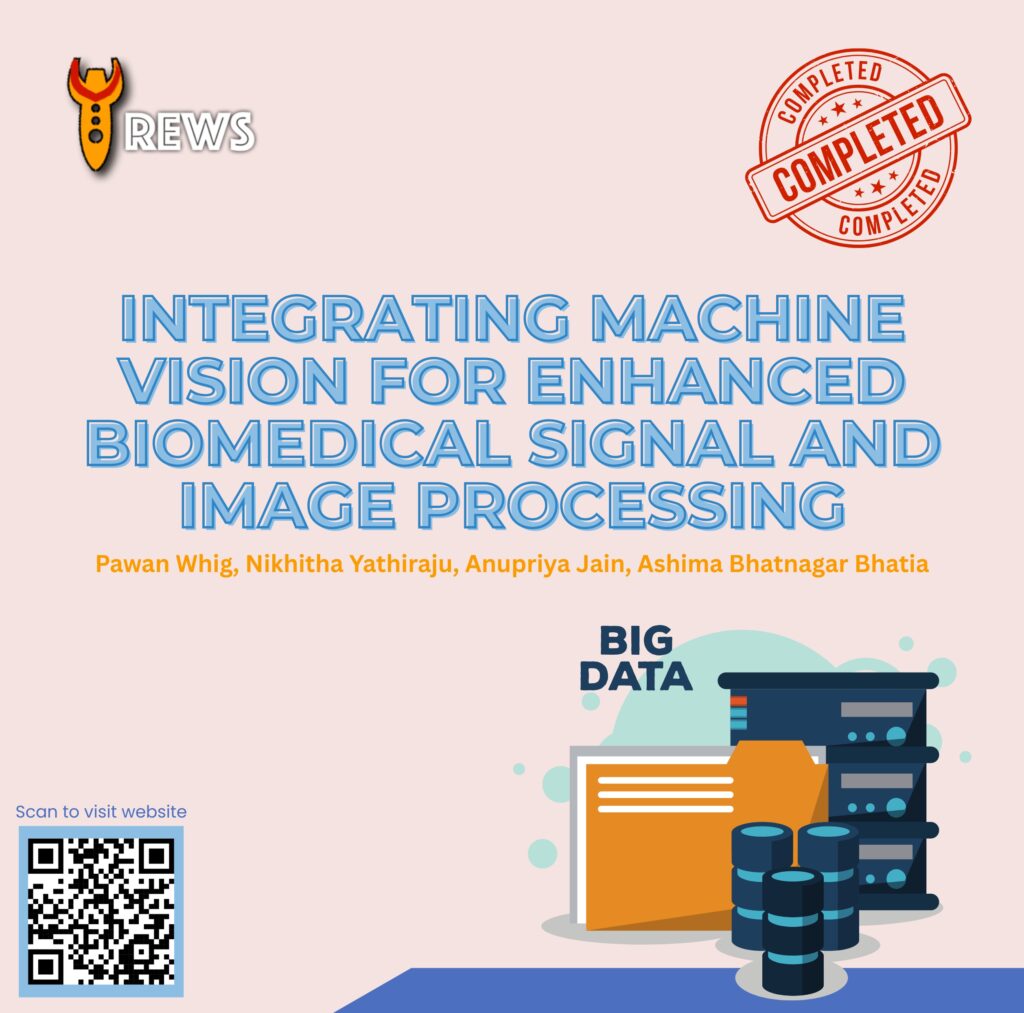Integrating Machine Vision for Enhanced Biomedical Signal and Image Processing
Advancements in Machine Vision for Biomedical Diagnostics
The integration of machine vision techniques in biomedical signal and image processing marks a significant breakthrough in healthcare diagnostics and analytical precision. By leveraging advanced machine learning algorithms, biomedical imaging and signal interpretation can be optimized for improved diagnostic accuracy, anomaly detection, and real-time analysis.
Evaluating Machine Vision Algorithms for Biomedical Applications
This study explores the efficacy of several machine vision algorithms, including:
-
Convolutional Neural Networks (CNN) – Enhancing image feature extraction and improving signal-to-noise ratio.
-
Support Vector Machines (SVM) – Reducing false positives and refining classification accuracy.
-
Random Forest (RF) – Excelling in lesion detection with superior accuracy rates.
-
K-Nearest Neighbors (KNN) – Ensuring robust pattern recognition and anomaly detection.

Key Findings: Performance Metrics and Efficiency
1. Enhanced Accuracy in Biomedical Imaging and Signal Analysis
-
Random Forest (RF) achieved an accuracy rate of 94.2%, outperforming other algorithms in lesion detection with a 17% increase in detection rates.
-
CNN improved the signal-to-noise ratio by 35%, ensuring clearer and more reliable biomedical imaging.
-
SVM demonstrated a 23% reduction in false positives, enhancing the precision of diagnostic evaluations.
2. Real-Time Processing and Execution Speed
-
The Transformer-based Network exhibited the fastest processing time of 4.1 seconds, making it ideal for real-time biomedical data analysis and diagnostics.
Impact of Machine Vision on Personalized Healthcare and Treatment Monitoring
The application of machine vision algorithms in biomedical diagnostics opens new possibilities for:
-
Early disease detection and precision medicine through enhanced imaging techniques.
-
Treatment monitoring and predictive analytics for better patient outcomes.
-
Personalized healthcare solutions by integrating AI-driven biomedical insights.
Conclusion: The Future of AI-Powered Biomedical Analysis
With continued advancements in machine vision technologies, biomedical diagnostics will experience a paradigm shift towards greater accuracy, efficiency, and personalized treatment approaches. These findings highlight the transformative role of AI and machine learning in revolutionizing biomedical signal and image processing, ultimately leading to better healthcare solutions.
Authors:
Pawan Whig, Nikhitha Yathiraju, Anupriya Jain, Ashima Bhatnagar Bhatia
For more details, visit: ResearchGate Link

